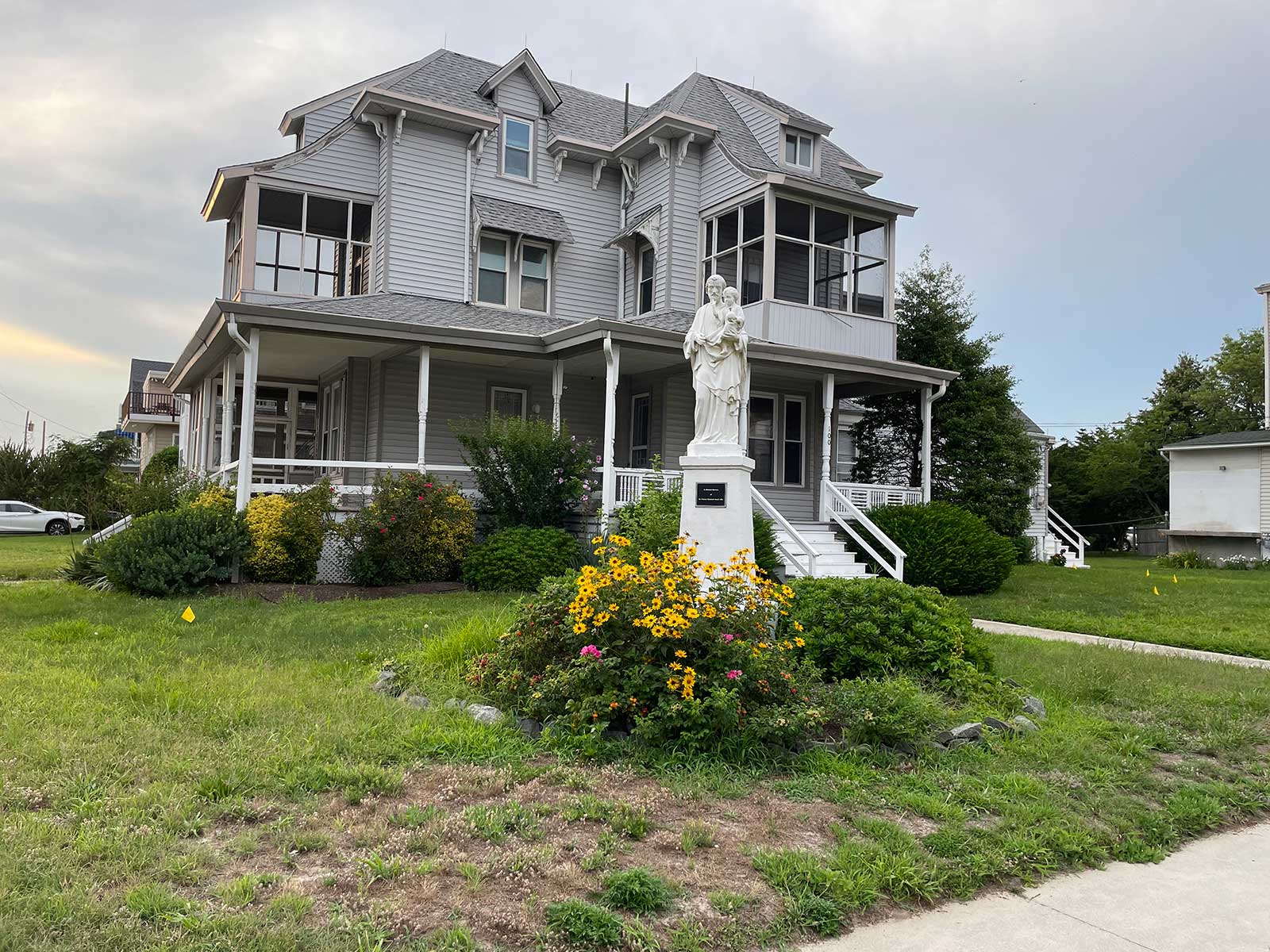
A beloved landmark in Cape May Point was saved from demolition last year. St. Mary’s by the Sea, which had served as a retreat for the Sisters of St. Joseph for over a century, will be converted into a science center.
John Reilly, a resident who fought to save it, thought the borough’s mindset toward protecting historic places had changed as a result. But the demolition of 19th-century buildings continues.
The oldest home in the community was torn down this year, as well as the so-called Reverend Frederick R. Mayser’s home, built in 1876. A three-story Victorian at 100 Lehigh Avenue will be next. Then the Five Sisters, a row of Carpenter Gothic cottages, will soon be reduced to four.

In a small town with fewer than 200 residents, each demolition has a devastating effect on the landscape. “The small community is losing its charm and innocence,” Reilly said.
Without a preservation ordinance, though, there is little anyone can do to prevent the construction department from granting a teardown permit. Anita VanHeeswyk, one of three borough commissioners, has expressed her reluctance to establish a preservation commission.
Cape May Point has always had a hands-off approach to what a homeowner can do to their property. The first construction official was hired in 1968 and the first planner was hired two decades later primarily to stave off high-density development happening in other shore towns in the 1980s, according to Cape May Point: An Illustrated History.
That stands in stark contrast to what happens in Cape May City, where nearly the entire municipality was designated a historic landmark. Homeowners there must gain approval for any alteration to their home that is visible from the street.
Many of the 19th-century homes in the Point, like the Reverend Mayser house, bear the names of pastors because it was founded as a religious retreat. Middle-class protestant families wanted to establish a shore town that was culturally opposite to the drunken pleasure-seekers of nearby Cape May City. In that regard, the Point bears an important historical distinction shared with only three other places in the U.S. — Oak Bluffs, MA; Ocean Grove, NJ; and Rehoboth, DE. All are shore towns founded as a religious colonies. However, the Point is the only one of the four places without a preservation commission to protect its architectural assets.
Of the historic homes that remain, Reilly points to the quality of their craftsmanship that allowed them to survive the violent storms and erosion of the past century. He suspects that the new homes getting built are investment properties, because most of the year they remain unoccupied. It’s turning the Point into a barren place without a sense of history or community. “They spend a million dollars on these new houses and no one is ever there,” he said.